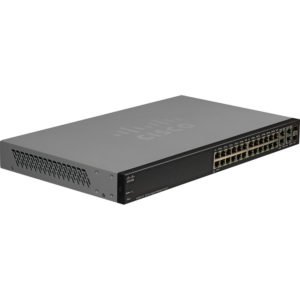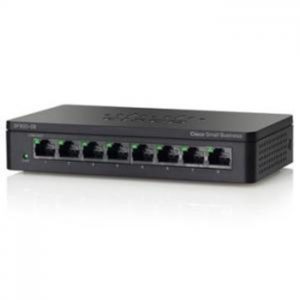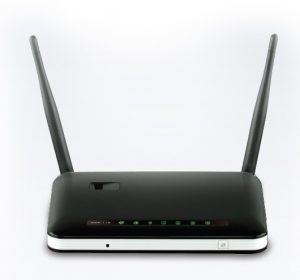Description
The iPOOK Network Cable Tester is a high-quality and reliable tool designed to efficiently test and diagnose network cables, ensuring they meet the necessary standards for proper data transmission. This tester is primarily used for verifying the integrity of Ethernet cables (such as Cat5e, Cat6, Cat6a, and Cat7) and other types of network cables. It helps technicians and DIY enthusiasts identify wiring faults like miswiring, open circuits, short circuits, and cable integrity issues. With its user-friendly design and advanced features, the iPOOK tester simplifies the process of troubleshooting, maintaining, and setting up network infrastructures.
Key Features:
- Wide Cable Compatibility:
- The iPOOK Network Cable Tester supports a variety of cables, including Ethernet (RJ45), telephone (RJ11), and coaxial cables (BNC). This makes it a versatile tool for testing both network and telecommunications cables, ensuring that a broad range of installations can be tested using one device.
- Wire Mapping Function:
- The tester includes a wire mapping function that checks whether the cable is wired correctly according to the standards (e.g., T568A and T568B for Ethernet). It helps identify incorrect connections, ensuring the correct pairing of wires to avoid data transmission issues.
- Fault Detection:
- The iPOOK Network Cable Tester quickly identifies common cable faults, such as:
- Open Circuits: When a wire is disconnected or broken.
- Short Circuits: When wires are in contact with each other, causing signal interference.
- Miswiring: Incorrect pairing or wiring of cables.
- Crossed Wires: When connections between wires are reversed.
- This allows technicians to troubleshoot and resolve issues faster, minimizing network downtime.
- The iPOOK Network Cable Tester quickly identifies common cable faults, such as:
- Clear LCD Display:
- The tester features a high-resolution LCD display that provides clear, easy-to-read results. The display shows cable status, wire pairing, and any faults detected, which helps users understand the issue quickly without having to rely solely on indicator lights.
- Continuity Testing:
- The tester includes continuity testing, which checks whether all individual wires within the cable are intact and capable of carrying data or power. This is crucial for ensuring that cables can function as expected without interruption or signal degradation.
- Remote Testing:
- The device comes with a remote unit, which allows for testing cables that are already installed in walls, ceilings, or other hard-to-reach areas. This feature is ideal for large installations where cables are run through hidden spaces, saving time by testing the cable remotely instead of manually accessing each point.
- Easy-to-Use Interface:
- Designed for simplicity, the iPOOK Network Cable Tester features a one-button operation for basic testing. It also includes a set of LED indicators that highlight the status of each wire pair in the cable, making it easy to identify faults at a glance.
- Compact and Portable:
- The tester is compact, lightweight, and designed for portability. This makes it easy to carry around in toolkits for both professionals and DIYers, ensuring you always have a cable testing solution available when needed.
- Battery-Powered:
- The iPOOK Network Cable Tester operates on batteries, making it fully portable and usable in environments where external power sources are not available. This feature allows for convenient, on-the-go cable testing, whether you’re working in a field installation or troubleshooting an existing network.
- Durable Construction:
- Built from high-quality materials, the tester is designed to withstand regular use, offering long-lasting durability. Its robust build ensures reliable performance even in demanding environments like data centers or construction sites.
Applications:
- Network Installations: Verifying the integrity of newly installed Ethernet cables (Cat5e, Cat6, etc.) before connecting to a network.
- Troubleshooting: Quickly identifying wiring issues in existing networks, ensuring that all connections are intact and correctly wired.
- Telecommunications: Testing telephone lines (RJ11) for correct wiring and connectivity.
- Audio/Video Systems: Verifying the wiring of coaxial cables (BNC) used in CCTV or other audio/video systems.
- Maintenance: Ongoing maintenance of networks, ensuring cables continue to meet performance standards.
Benefits:
- Efficiency: Quickly identifies and locates cable faults, reducing troubleshooting time.
- Accuracy: Ensures cables are correctly wired and able to transmit data or power without issues.
- Portability: Lightweight and compact, easy to carry and use anywhere.
- Versatility: Compatible with multiple types of cables, providing flexibility for different applications.
- Cost-Effective: Saves time and money by identifying and solving wiring issues before they cause network problems.
Conclusion:
The iPOOK Network Cable Tester is an essential tool for anyone working with network cables. Its wide compatibility, wire mapping features, fault detection, and remote testing capabilities make it a reliable solution for technicians, installers, and DIY enthusiasts. Whether you’re setting up a new network, maintaining an existing one, or troubleshooting cable issues, the iPOOK tester ensures your cables are wired correctly and fully functional. With its clear LCD display, simple operation, and portable design, it offers a convenient and effective way to ensure reliable cable performance across various network and telecommunication setups.











